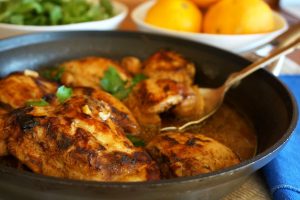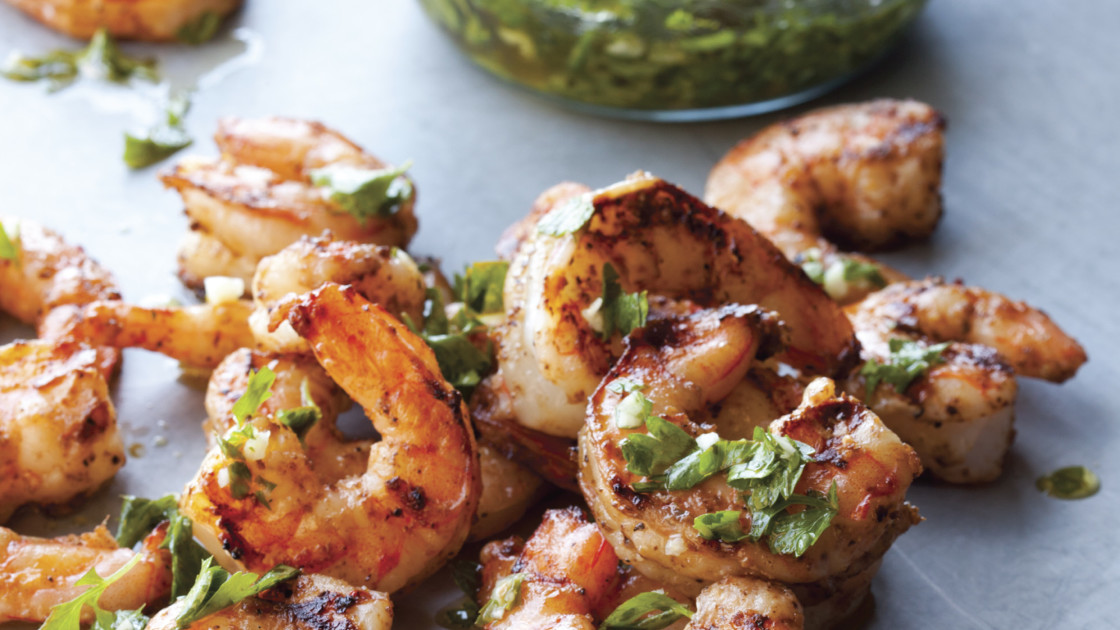Nigel Slater’s Middle Eastern Recipes
We breakfasted each morning on soft sheets of warm bread, quince jam and spoonfuls of thick, sour cream. We cut wedges of chilled watermelon, squeezed sweet-sour oranges and cracked fat walnuts. There were bowls of mint and basil to pick at and luminous, treacle-textured molasses of pomegranate, mulberry and date, to trickle over jagged crumbs of crumbly white cheese. Some of these breakfasts were taken under tangled fragolino grapes and bougainvillea, others on city roofs that shuddered from construction work beneath as we gazed at distant mosques.
Over the past three years I have been back and forth to the Middle East, specifically Iran, Turkey and Lebanon – some of the time in their well-trodden capital cities, but mostly in out-of-the- way places, in fertile valleys and arid mountain villages. The result is three hour-long documentaries, made for the BBC with my producer James Thompson. Each one is a postcard from home kitchens. Yes, the stories are fascinating, heart warming, occasionally heart breaking, but what has delighted me most is discovering the thread that runs through the food of this part of the world.

From the simplest bowl of soup to the most elaborate feast, there is balance and harmony. Gentle spicing, thoughtfully applied. Sugared quinces will be served with sour cream cheese, long-cooked stews of lamb with sweet onions and pungent dried limes; each dish fragrant with pomegranates, sour oranges, and flower waters. Recipes sweet with honey, syrups and fruit molasses, sour with lime, sheep’s cheeses and barberries.
Every kitchen cupboard carried its coffee jar of spice mix. A family recipe of mild, sweet spices – no chilli – a shake- up of the warm dusty notes of cinnamon, turmeric and cumin. Dry earthy notes balanced with the knife-sharp edge of pomegranate, apricot or tiny red soured cherries. A stew that has simmered at a sleepy bubble for four hours will be given top notes of mint, yogurt and cucumber. A square of filo pastry that could be cloying with its cargo of sugar syrup and walnuts is saved by a splash of rose petal or orange blossom water. Flavours that are timeless. Seasonings that never jar. Spicing that whispers rather than shouts. I cannot wait to return.
My version of a 16th-century Persian recipe. Serves 3-4.
middle neck of lamb 1 kg
olive oil 3 tbsp
onions 3, large
garlic 6 cloves
curry powder (mild) 3 tsp
black pepper 2 tsp
turmeric 2 tsp, ground
water 1 litre
saffron stamens 2 pinches
butter 30 g
yogurt 500 ml, thick
pistachios shelled, a large handful
dried sour cherries a handful
Brown the lamb in the oil in a large, deep casserole then transfer to a warm plate. Pour two-thirds of the fat from the pan into a small bowl and set aside.
Peel and roughly chop 2 of the onions, add to the pan and cook over a moderate heat for about 25 minutes. Peel the garlic, slice thinly then add to the onions when they have been cooking for 15 minutes.
Stir in the curry powder, black pepper and turmeric and cook for a few minutes then return the lamb to the pan and pour in the water. Turn to a low simmer, partially cover, then cook for 3 hours, until the lamb almost falls off the bone.

Steep the saffron in 50ml of water for 10 minutes. Peel the remaining onion, cut in half then into 1cm-thick slices. Warm the reserved lamb fat in a heavy, shallow pan, add the butter and onions and cook over a low heat for about 25 minutes.
Using a draining spoon, lift the lamb pieces out on to a warm serving dish. Turn up the heat under the lamb liquor and boil to reduce by half. Put the yogurt in a large bowl, pour in the saffron liquid (holding back the stamens if you wish) whisking continuously. Pour the reduced liquor from the lamb into the yogurt, beating with a wooden spoon, then spoon over the lamb. Finish with the fried onions, pistachios and sour cherries.
Filo pastry, dried apricots and orange blossom

The sweet flavours of the Middle East, rolled up in one fruit-filled pastry. Serves 8-10.
apricots 250 g, dried
cherries 100 g, dried
walnuts 125 g
soft brown sugar 70 g
lemon 1
cardamom pods 8
butter 90 g
filo pastry 270 g
To finish:
the reserved apricot water 3 tbsp
orange blossom water 1 tsp
honey 2 tbsp
pistachios 100 g, shelled
walnuts a handful
rose petals a small handful
Put the apricots in a saucepan and cover with water. Bring to the boil then simmer for 20 minutes. Set the oven at 200 C/gas mark 6. Put the cherries in a bowl. Roughly chop the walnuts and add, along with the sugar. Finely grate in the zest of a lemon. Open the cardamom pods and grind the seeds to powder, then add to the bowl. Drain the apricots, reserving 4 tbsp of the syrup, then roughly chop them and add to the walnuts and cherries.
Melt the butter over a moderate heat. Lay a sheet of pastry, long edge near you, on a baking sheet and brush with butter. Continue layering the pastry until it and almost all the butter is used up. Pile the filling on top, starting at the near edge and spread it backwards until it covers two-thirds of the pastry. Roll the pastry up, starting at the edge nearest you, into a long, thick roll. Pinch together then brush with the remaining butter. Bake for 25 minutes until crisp and golden brown.
Mix the reserved apricot syrup, orange blossom water and honey and bring to the boil. Leave for a minute or two until it’s thick and sticky. Add the pistachios, walnuts and rose petals. Spoon along the pastry as it comes from the oven.

